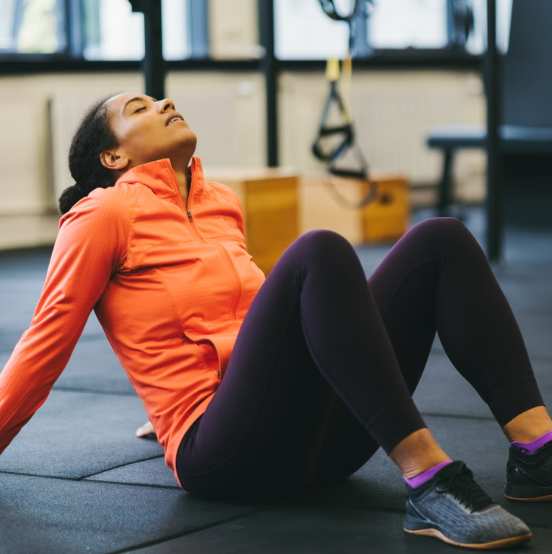Keto and High-Intensity Training: How to Add Carbs for Better Performance
If you’re someone who regularly engages in high-intensity activities like Brazilian Jiu Jitsu, CrossFit, or Muay Thai, and you’re following a low-carb or ketogenic diet, you might have noticed that it can be tough to maintain your energy levels during these workouts. While the keto diet is great for many people, it can present challenges when combined with intense training sessions.
So, what’s the solution? Can you make keto work for high-intensity exercise? The answer is yes—there are ways to modify your carb intake to support your energy needs without derailing your ketogenic goals.
The Challenge of Combining Keto with Intense Exercise
The keto diet is known for its ability to burn fat for fuel instead of carbohydrates. However, high-intensity activities rely on glycogen (a form of stored carbohydrate) for quick energy. This creates a bit of a dilemma for those on keto, as too few carbs can lead to fatigue, decreased performance, and even burnout.
In my own experience and after discussing this with experts in the field, I’ve found a few strategies that can help balance both goals—staying in ketosis while also fueling high-intensity workouts.
Targeted Ketogenic Diet (TKD)
One of the best ways to add carbs without disrupting your ketogenic state is through a Targeted Ketogenic Diet (TKD). This approach involves consuming a small amount of easily digestible carbs right before your workout, usually around 20-50 grams. The idea is to fuel your muscles during exercise, without causing a spike in insulin or kicking you out of ketosis.
Personally, I use diabetic glucose tablets before a workout to give me that boost of energy. This method helps me power through intense training sessions like Brazilian Jiu Jitsu without feeling drained. Others, like Tyler and Luis from Ketogains, have had great success using the TKD approach as well. They’ve seen positive results by adding carbs around their workouts and continuing with a mostly low-carb or keto diet the rest of the day.
Gradually Increasing Carbs
Another approach is to gradually increase your daily carb intake. For example, start by adding 25-30 grams of carbs per day and track how your body feels and performs. You can do this every day or just on workout days—there’s no one-size-fits-all answer here. The key is to listen to your body and adjust based on your needs. Some athletes, like a Brazilian Jiu Jitsu black belt who manages type 1 diabetes, have found that consuming around 100 grams of carbs per day works well, even on days when they’re not training intensely.
If you’re not sure where to start, adding a modest amount of carbs—like 25 grams—can help you test the waters and see how it affects your performance and recovery.
Finding the Right Carb Level for You
When it comes to carbs, there’s a fine line between maintaining ketosis and supporting high-intensity performance. For some people, the upper limit for daily carb intake is around 150-160 grams, especially if they’re engaging in glycogen-demanding activities but still trying to stay relatively low-carb. It’s essential to find the balance that works for your body.
The key to success is ensuring that your carb intake supports your goals without sabotaging the benefits of ketosis. By being strategic with your carb timing and adjusting your intake based on your activity level, you can maintain energy for workouts while staying in ketosis.
Conclusion
For athletes combining high-intensity training with a ketogenic diet, finding the right carb intake is crucial. Whether you choose a targeted ketogenic approach with carbs around workouts or slowly increase your carb intake each day, the goal is to fuel your body appropriately for performance without losing the benefits of a low-carb lifestyle.
So, if you’re feeling fatigued from your training while on keto, try adjusting your carb intake and see how it impacts your energy levels. With the right balance, you can optimize both your diet and your training.




